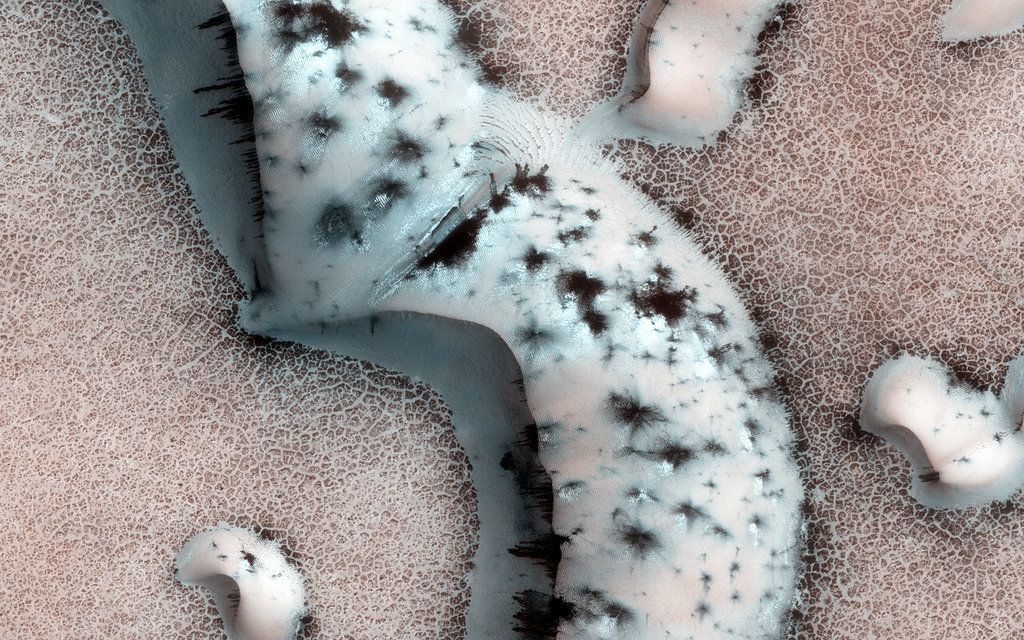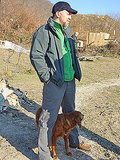Close-Up Pictures of Mars
Incredible Close-Up Photos of Mars Will Totally Trip You Out

Mars is just as magnificent as it is mysterious — that's no secret. But how often do you get an up-close-and-personal look at the planet in all its beauty? Thanks to the High-Resolution Imaging Science Experiment (HiRISE) camera aboard NASA's Mars Reconnaissance Orbiter, we now have an unrivaled view of the planet, from its dunes all the way to its clouds. Ahead, check out some of the most stunning images along with descriptions from the HiRISE team at the University of Arizona. The best part is you can make these incredible pictures your desktop wallpaper. Just download away!
Source: NASA/JPL/University of Arizona


















































































